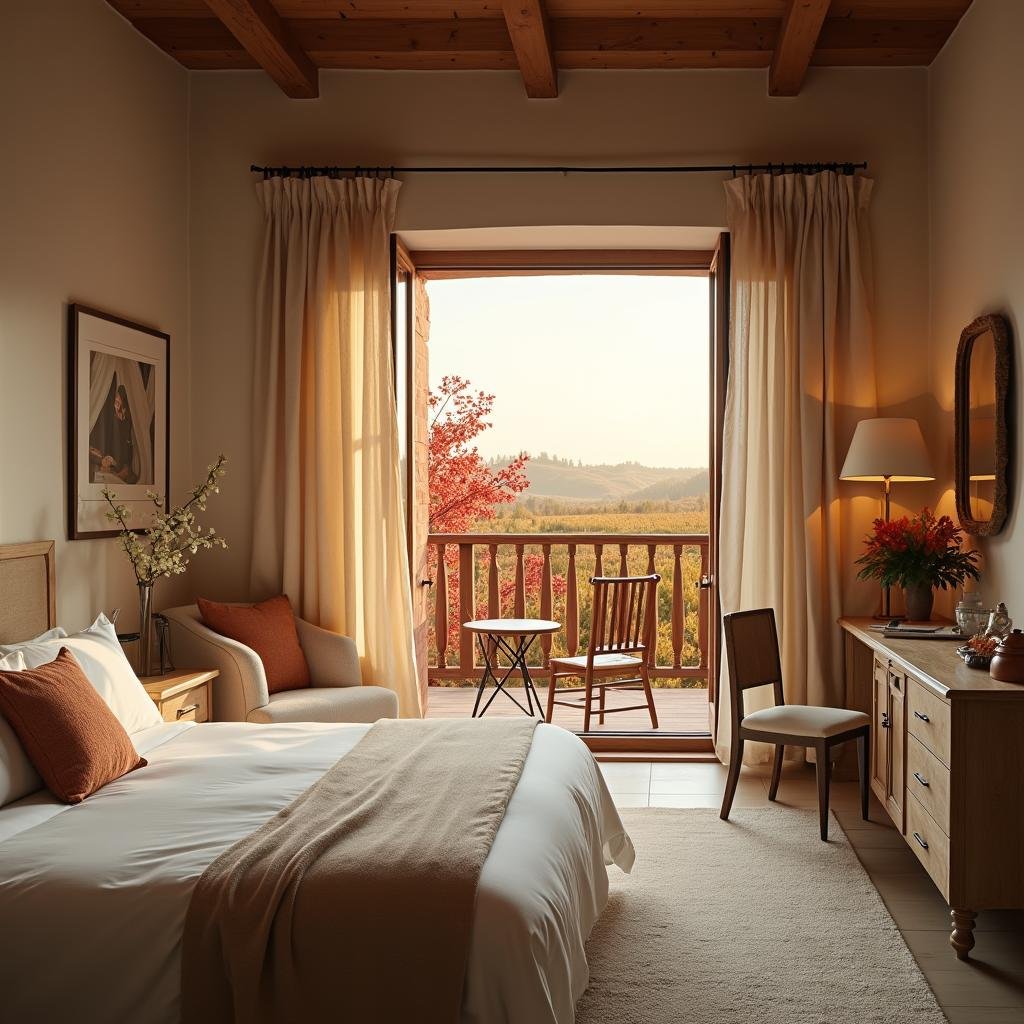When we talk about the Colchagua Valley, we’re not referring to just one wine-growing zone, but rather to a mosaic of micro-territories, each with its own distinct personality. From the cool coastal areas to the expansive central valley — where slopes like those of Apalta stand out — and up to the foothills of the Andes, Colchagua holds a well-kept secret: a diverse and deeply expressive land shaped by climate, soil, geography… and without a doubt, the human factor.
As Rodrigo Yávar, winemaker at Viñedo Laura Hartwig and agronomist from the Pontificia Universidad Católica de Chile, summarizes:
“Characteristics can vary significantly within just a few meters, leading to notable differences in flavor and aroma. That diversity is what makes Colchagua’s winemaking so rich.”

What is Terroir? And What Makes Colchagua’s Terroir Unique?
Terroir is more than just soil. It’s a concept that includes climate, altitude, sun exposure, geology, plant varieties, and — above all — human decisions.
“When you have neighboring vineyards, like Apaltagua and Montes, what makes the difference is the human factor and the choices each team makes,” explains Yávar, while also emphasizing the critical role of slope, drainage, and sun exposure.
In Colchagua, understanding terroir means recognizing its subzones, each of which imparts a distinct character to the wines. That’s why Chile’s Agricultural and Livestock Service (SAG) officially categorized the valley into three main zones: Colchagua Andes, Colchagua Valley, and Colchagua Coast, each with appellations that reflect their specific traits.
Located within the larger Rapel Valley — one of the Central Valley’s crown jewels — Colchagua reveals its diversity through these three zones:
- Colchagua Andes: includes areas like San Fernando, Los Lingues, and Chimbarongo. These zones benefit from the proximity of the Andes, which lends freshness and structure to the wines.
- Colchagua Valley: known for powerful, expressive reds, features appellations like Nancagua, Santa Cruz, Apalta, Palmilla, Peralillo, Marchigüe, and La Estrella.
Colchagua Coast: benefits from marine influence and sedimentary soils, ideal for fresh, mineral-rich, aromatic white wines in areas such as Litueche, Paredones, Pumanque, and Lolol.

Coast, Valley, and Andes: Terroir Diversity in Colchagua
On the Coast (Litueche, Lolol, Paredones, Pumanque), the soils are poorer, with strong marine influence.
“The salinity in wines from coastal Colchagua comes from soils formed on marine terraces with fossil marine sediments. It’s not limestone, like in Limarí, but pure marine sediment — thinner, sandier soils,” says Yávar.
In the Valley, areas like Santa Cruz and Palmilla have deep, fertile, heavier soils.
“These soils were formed over 10,000 years ago by erosion from the Andes. They’re deep, clay-rich, ideal for structured reds like Cabernet and slow-ripening grapes like Carménère.”
In the Andes, areas like San Fernando and Los Lingues sit at higher altitudes, experiencing larger day-night temperature swings and very cold nights.
“In Sierra Bellavista, for example, we find white wines of remarkable aromatic complexity, vibrant acidity, and freshness that rival Chile’s best whites,” adds Yávar.
Apalta, Santa Cruz, and Other Micro-Territories
Among Colchagua’s terroirs, Apalta stands out due to its unique geography.
“Apalta’s slopes have granitic soils, with quartz, silt, clay, and lots of organic matter from native forests. Then come the semi-flat and flat zones with colluvial soils (gravity-driven erosion from the hills) and alluvial deposits from the Tinguiririca River. The slope completely changes the dynamics of viticulture here,” explains Yávar.In contrast, Santa Cruz is flatter, more fertile, and more homogeneous — but no less interesting.
Laura Hartwig, a family-run vineyard, produces elegant wines with a Bordeaux-style profile, using varieties like Cabernet Sauvignon and Franc, Carménère, and Petit Verdot.
“We have 50-year-old vines. We harvest and vinify everything by hand. Our wines are dry, with elegant fruit, complex structure, and built to age. Years ago, Chile didn’t produce wines with good aging potential — now I invite you to taste ours,” says the winemaker.
The Soul of Wine: Grape Varieties Adapted to Their Terroir
“Carménère thrives in Colchagua because it needs a long growing season, and here we have long, dry summers. That combination is rare elsewhere in the world. Only 2% of terroirs have a Mediterranean climate,” explains Yávar.
In addition to Carménère, Colchagua grows Cabernet Sauvignon, Merlot, Petit Verdot, and Syrah, and in the cooler zones, whites like Sauvignon Blanc, Chardonnay, and even Riesling. Garnacha and coastal Syrah are also showing promising results.
Colchagua vs. Maule: Two Great Wine Valleys
Colchagua is often compared to the Maule Valley.
“Maule has historically been associated with large-scale production — something that’s changing. Colchagua, by contrast, was born with a boutique mindset. That makes all the difference,” says Rodrigo.
This difference translates into greater investment, parcel segmentation, precision farming, and a growing focus on quality wine tourism.
Climate Change, Irrigation, and Resilience
Climate change has impacted Colchagua’s terroir, particularly due to drought.
“Until 2023, the situation was extremely difficult. Without drip irrigation, many producers simply gave up because other irrigation methods are so inefficient. Fortunately, 2023 brought better rainfall, and now there’s more hope,” Yávar shares.
Today, water management and agronomic technology are key to enduring dry seasons.
“We use cover crops, apply fertilizers through irrigation, and only when necessary. The goal is always to gently stress the plant so it gives its best, with more concentration in the fruit.”
Terroir With a Name and a Story
Each terroir in the Colchagua Valley has a face, a story, and a voice. Winemakers like Rodrigo Yávar work tirelessly so that every slope, every plot, every decision, becomes a wine that captures its identity.
“People want wines with soul — handcrafted and full of story. That’s exactly what we do here.”
From the salinity of the coast to the volcanic soils of the Andes, Colchagua offers a range of terroirs waiting to be discovered. All that’s left is to tell their story — and pour it into a glass.
If this article sparked your curiosity, come experience Colchagua with all your senses. Walk through the vineyards, taste wines straight from the barrel, talk to the winemakers, blend your own wine, and feel the valley’s unique energy. Whether you’re drawn to crisp coastal whites or deep reds from the valley’s heart, Colchagua has something tailored just for you. Explore www.disfrutacolchagua.com and plan your next getaway with our definitive travel guide — because the Colchagua Valley isn’t just for drinking… it’s for living.
Esa diferencia se traduce en inversión, sectorización de parcelas, trabajo de precisión y un enoturismo que mejora cada año para atender bien a nuestros visitantes.









